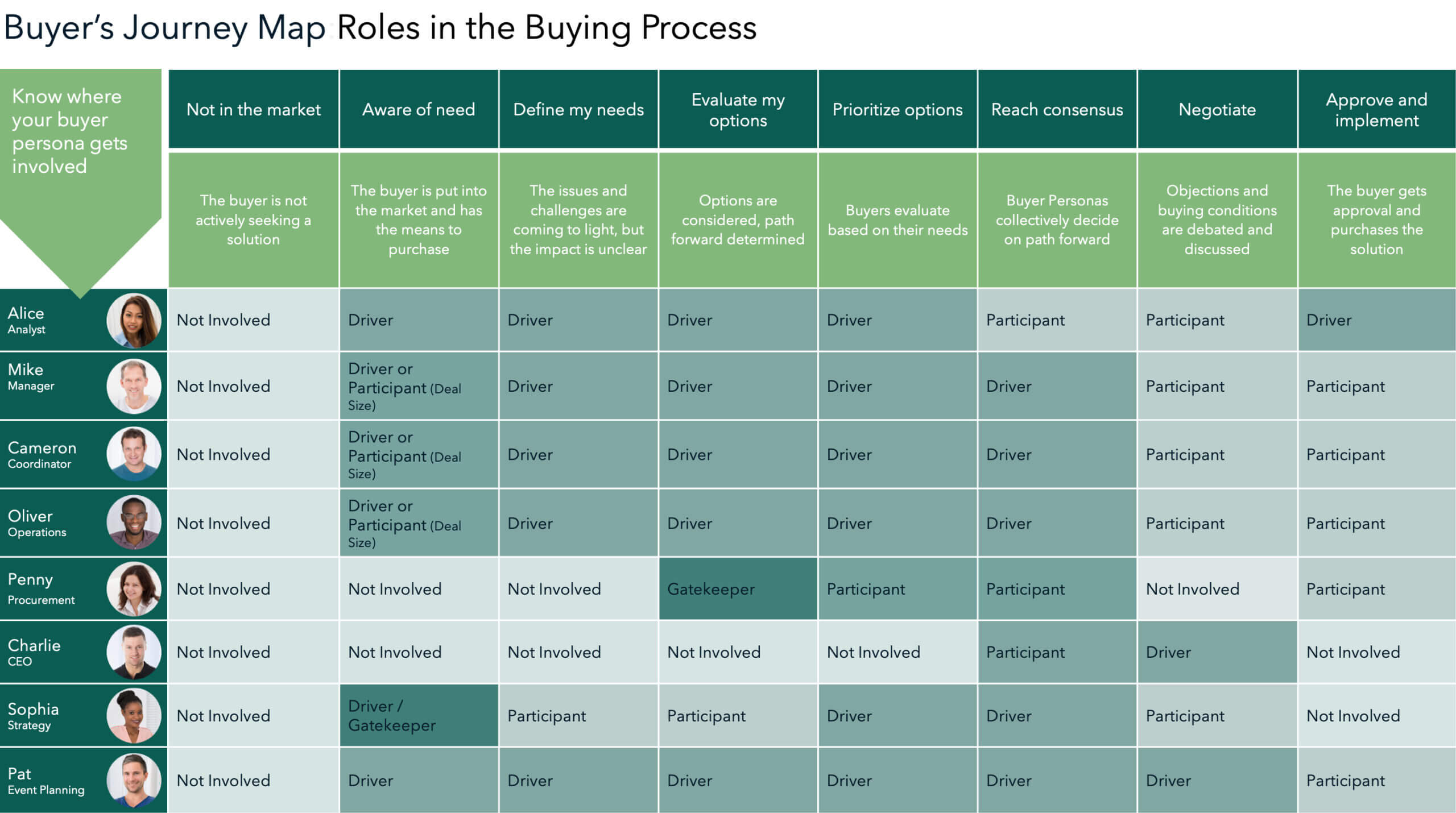As an operating partner, ensuring accurate financial forecasting is a top priority. It’s natural and in your best interest to be have a healthy concern for forecasting accuracy. Accurate portfolio forecasting empowers informed decision-making, efficient resource allocation, and effective future planning. However, many portfolio companies face challenges in achieving financial forecasting accuracy. In this blog, we will explore common reasons behind inaccurate forecasting and provide practical steps to address them.
Why Portfolio Companies Struggle with Financial Forecast Accuracy
It’s common to hear PE and portfolio leaders approach us about how to resolve their challenges with forecasting. These leaders and their organizations have had enough and no longer will put up with consistently falling short of their projected sales targets. Without taking a new approach, poor forecasting results will continue to lead to a range of negative outcomes. For example, inefficient resource allocation, damaged customer relationships, and increased employee turnover. Having worked with numerous companies, we have uncovered several key factors that are often overlooked that contribute to inaccuracies in forecasts such as:
- Limited insight into key buyer personas
- Unclear of key personas’ involvement throughout the buyer’s journey
- Ambiguous sales process spanning from lead management to account management
- Lack of visibility into the sales pipeline
- Leadership struggles with team accountability
- Ineffective cross-departmental communication channels
How to Improve Financial Forecast Accuracy in Portfolio Companies
Accurate forecasts are the cornerstone of successful decision-making and strategic planning. To attain forecast accuracy, address the underlying factors that impact these projections. In the sections ahead, discover steps to improve forecast accuracy in your portfolio companies.
1. Identify Key Buyer Personas
Understanding buyer personas is vital for businesses to effectively connect with their target audience.Buyer personas provide detailed profiles that encompass key information such as demographics, psychographics, behaviors, motivations, and preferences. This tool gives the sales team the information they need to speak to the pain points in the same words the buyer uses to describe their challenges. With this understanding, companies can gain insights into their customers’ decision-making process, influencing factors, and optimal communication channels.
However, it is surprising that many companies lack this understanding (or are operating with poor personas created without buyer research that lack the right insight to be effective) and end up targeting the wrong audience, resulting in subpar deal values, sluggish deal velocity, and low close rates. As an operating partner, it becomes crucial to prioritize equipping portfolio companies with a clear understanding of their buyers. By investing in developing buyer personas, companies can enhance their marketing and sales strategies, leading to improved outcomes, increased deal value, faster deal closure, and ultimately, greater success in the market.
2. Create a Buyer Process Map
With a comprehensive list of key buyer personas in hand, the next step is to craft a buyer journey map—an essential tool for understanding where buyers enter and exit the purchasing process. This map provides a clear overview of the buyer’s path, allowing your team to strategically engage the right individuals at each stage. By mapping out this journey, we ensure that our approach is targeted and effective. This targeted approach ensures that the right messages are delivered at the right time, optimizing conversion rates and reducing drop-offs in the pipeline.
For example, with a buyer persona, the salesperson may refer generically to a pain point that many other companies are also voicing in their outreach as well. To stand out, your sales team can use messaging that gets to the deeper challenges and how to uniquely solve them.
3. Establish a Clear and Effective Sales Process
In today’s competitive environment, having an effective sales process is crucial for driving growth and maximizing customer satisfaction. As an operating partner, you may have experienced portfolio companies who face challenges with an ambiguous sales process. This lack of clarity not only leads to missed opportunities and poor customer experiences, but it also decreases the accuracy of the forecast. That’s why having a sales process from lead management to account management is a core foundation of success for any portfolio company you are managing.
Defining sales stages, outlining activities, and setting clear exit criteria in the sales process leads to increased pipeline accuracy. It provides a structured framework for tracking leads, ensures consistent progress tracking, and enables effective prioritization of opportunities. By having a well-defined process, portfolio companies can make more accurate sales forecasts, allocate resources effectively, and drive better sales performance.
4. Leveraging Dashboards to Surface Data and Keep Teams Accountable
Real-time dashboards are an efficient way to increase forecast accuracy. The visibility gives teams access to key performance indicators. Providing this visibility also holds teams accountable and ensures everyone is working toward common goals and sees progress in real-time. Below are a few dashboards that could give you insights into the health of a company’s forecast:
- Sales Pipeline Dashboard: Metrics such as deal statuses at each stage, average deal sizes, and conversion rates. These data points help sales teams identify any bottlenecks in their sales process and predict revenue more accurately.
- Sales Activity Dashboard: A dashboard designed to track sales team activities like calls, emails, and meetings and enable managers to assess which ones have proven the most successful in order to allocate resources more effectively.
- Sales Performance Dashboard: An electronic display that provides real-time updates of a company’s sales performance – such as revenue, volume sales, and conversion rates – to allow sales teams to identify areas for improvement and track progress toward meeting sales targets.
- Lead Generation Dashboard: A lead generation dashboard allows sales teams to track lead-generation activities such as website traffic, form submissions, and social media interactions for lead sources that have the most success and then allocate their resources accordingly.
5. Equip Leaders for Process Adherence
Leaders play an instrumental role in ensuring their teams adhere to appropriate processes and tools. It’s crucial that leaders possess the required competencies for coaching teams toward process adherence. This can be accomplished by setting clear expectations, offering feedback, and reinforcing positive behavior over time. When leaders prioritize process adherence they help foster an environment of excellence. This in turn can result in significant financial forecast accuracy improvements over time.
6. Encouraging Cross-Functional Collaboration and Communication
Encouraging cross-functional cooperation can also improve forecasting accuracy. When different departments come together, they can share information and identify problems more quickly. Additionally, collaboration helps everyone work toward shared goals and priorities more easily, so encouraging it via regular communications channels, joint projects or even physically co-locating teams are all effective means of encouraging cross-functional cooperation.
Regular cross-functional meetings must be scheduled in order to bolster team collaboration and forecast accuracy, as well as to facilitate forecast lockdown groups reviewing and finalizing forecasts collectively. Such an approach helps align departments, promote a shared understanding of key performance indicators, and facilitate effective communication, issue identification, and informed decision-making. Most importantly this approach fosters cross-functional collaboration through communication channels or joint projects or physically co-locating teams.
Conclusion: The Importance of Accurate Forecasts for Portfolio Companies
Accurate financial forecasting is essential for portfolio companies. Operating partners look for effective means to address any obstacles that impede forecasting accuracy. One effective approach is implementing an efficient sales process, which not only improves forecast accuracy and outcomes but also overcomes challenges related to resource allocation and decision-making. Operating partners who prioritize accurate forecasting ensure that portfolio companies meet their deal thesis goals. By streamlining the sales process, companies can achieve better alignment, optimize resource utilization, and make more informed decisions to drive successful outcomes.
Don’t let forecast inaccuracies hinder your portfolio companies’ growth potential. Schedule a discovery call with our RevOps expert today to optimize their forecasting accuracy and propel their success.




